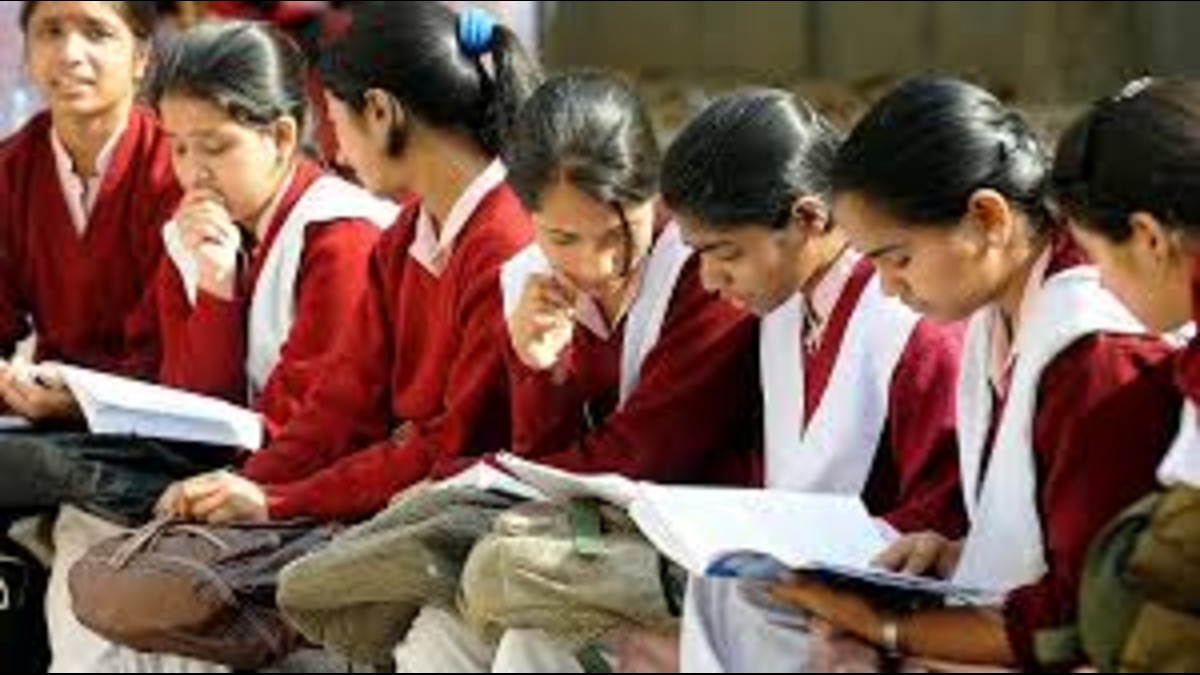CBSE Updates: The Central Board of Secondary Education (CBSE) has urged its schools to contemplate the incorporation of Indian languages as optional mediums of instruction, aiming to actualize a multilingual education system. Schools affiliated with the CBSE now have the option to offer education in regional languages from pre-primary to Class 12.
Prior to this change, CBSE schools were limited to teaching in either English or Hindi, while state board schools had the freedom to teach in English, Hindi, or a state language. This new development aligns with the government's implementation of the National Education Policy (NEP), which emphasizes multilingualism and promotes a more inclusive and diverse approach to education.
Ministry of Education Tweet
Ministry of Education tweeted, “Appreciating CBSE for encouraging its affiliated schools to use Indian languages (mother tongue) as a medium of instruction and adapting multilingual education, in line with the vision of National Education Policy, 2020.” Check tweet below:
Appreciating CBSE for encouraging its affiliated schools to use Indian languages (mother tongue) as a medium of instruction and adapting multilingual education, in line with the vision of National Education Policy, 2020. This provides a significant cognitive advantage to young… pic.twitter.com/Tq25frLj0d
— Ministry of Education (@EduMinOfIndia) July 21, 2023
Introduce Education in Multiple Languages under NEP 2020
Elaborating how the Ministry of Education, the National Council of Education, Research and Training (NCERT), and higher education have taken measures to introduce education in multiple languages under the National Education Policy, 2020, CBSE said, “In view of the above initiatives taken to facilitate education through Indian languages, the CBSE affiliated schools may consider using Indian languages, as enumerated in the Schedule 8 of the Indian Constitution, as the medium of Instruction from Foundational Stage till end of Secondary Stage i.e. from pre-primary classes till class XII as an optional medium in addition to other existing options.” Check CBSE tweet below:
Related Stories
#3yearsofNEP #NEP2020 emphasizes the importance and cognitive benefits of multilingualism for young students. Use of Indian languages as an alternative medium of instructions from primary classes to class 12 has been reiterated in this important circular of CBSE. pic.twitter.com/RZrmrPPMqa
— CBSE HQ (@cbseindia29) July 21, 2023
Multilingual NCERT textbooks
Under the directives of the Ministry of Education, the National Council for Educational Research and Training (NCERT) is all set to develop textbooks in 22 Indian languages. The objective is to promote teaching and learning in Indian language mediums alongside the existing English medium in CBSE schools. This initiative seeks to enhance the accessibility of education and encourage multilingualism in the Indian education system, aligning with the broader goals of the government's educational policies.
Challenges posed by the implementation of multilingual education
CBSE has been actively promoting multilingual education and the utilization of the mother tongue as a medium of instruction. While these initiatives have several advantages in enhancing students' understanding and learning outcomes, they also come with their own set of challenges. Some of the challenges posed by the implementation of multilingual education and the use of the mother tongue as a medium of instruction are as follows:
- Availability of Skilled Teachers: One of the significant challenges is the availability of teachers who are proficient in teaching multilingual subjects. It requires educators who are not only well-versed in different languages but can also effectively convey complex concepts in those languages. Finding and training such teachers can be time-consuming and resource-intensive.
- High-Quality Multilingual Textbooks: Developing high-quality textbooks that cater to the diverse linguistic needs of students can be challenging. Without suitable textbooks, the effectiveness of multilingual education can be compromised.
- Time Limitation in Two-Shift Schools: Many government schools in India operate in two shifts due to the limited infrastructure. This means that the available time for teaching and learning is reduced for each shift, affecting the overall instructional time.
- Standardization of Curriculum: Different regions and states in India may have varying languages and dialects. Ensuring a standardized curriculum that is adaptable to different linguistic contexts can be complex. Balancing the need for local relevance while maintaining a common curriculum framework is a challenge.
- Parental and Societal Attitudes: Some parents and society members may have reservations about the emphasis on multilingual education. They might believe that prioritizing the mother tongue could hinder their children's proficiency in a global lingua franca like English, which is often seen as essential for better job prospects.
- Assessment and Evaluation: Designing fair and effective assessment methods for multilingual education can be demanding. Traditional evaluation systems may not fully capture the proficiency and understanding of students who learn in their mother tongue.
Despite these challenges, the implementation of multilingual education and the utilization of the mother tongue as a medium of instruction can lead to better learning outcomes, improved retention rates, and enhanced overall educational experiences for students. Addressing these challenges requires collaborative efforts from educational institutions, policymakers, teachers, and the community to create an inclusive and effective multilingual learning environment.

Comments
All Comments (0)
Join the conversation